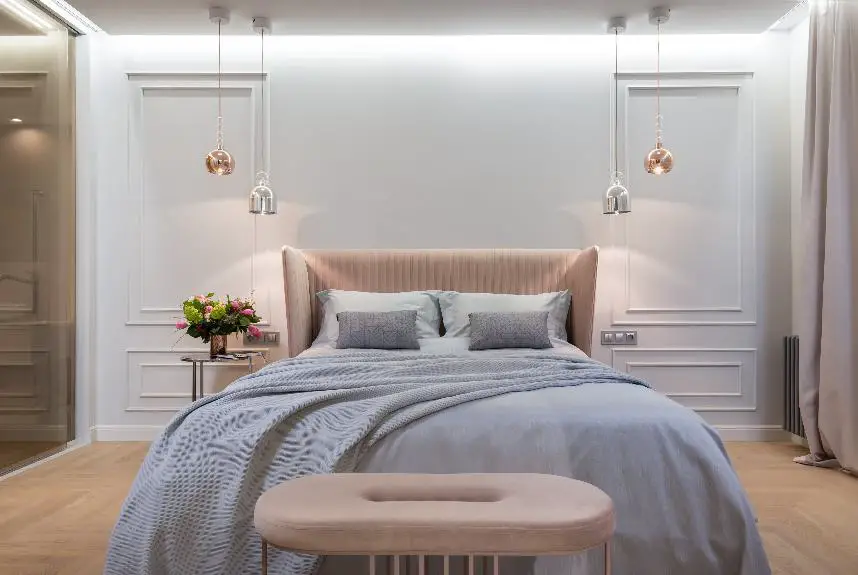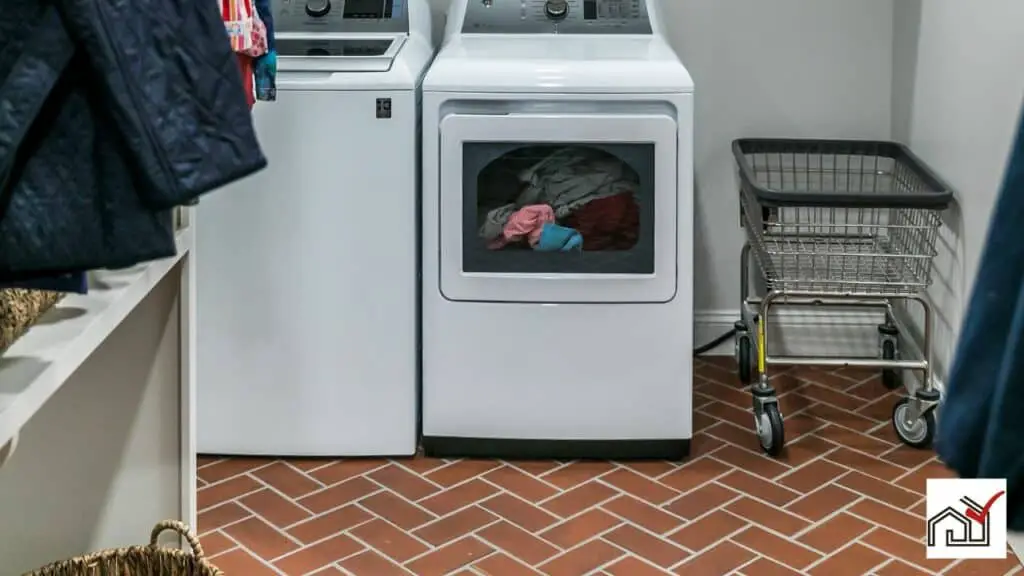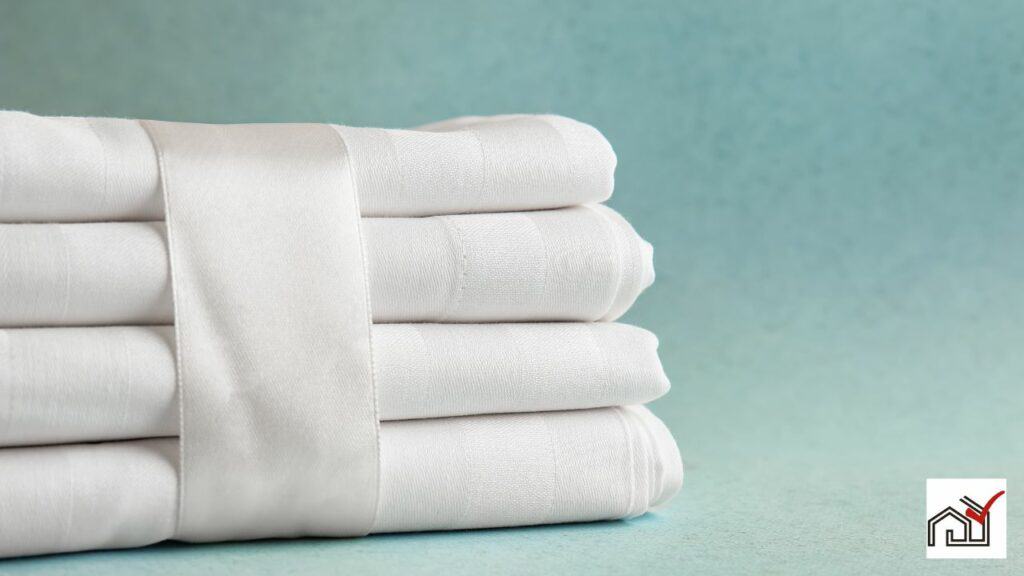Box springs support mattresses and even out weight distribution. They are usually nine inches high, but low profile options are two to six inches.
The height of a box spring affects bed accessibility and room aesthetics. Therefore, it is important to choose a box spring height that suits your mattress and preferred bed elevation.
Understanding Box Spring Heights
The height of a box spring affects both the look and feel of a bed. High profile box springs, around nine inches tall, make the bed higher, which can help those with mobility issues get in and out of bed more easily and offers a classic appearance. On the other hand, low profile box springs, which are between two to six inches tall, provide a minimalist and contemporary look, making the room feel larger and keeping the bed at a manageable height when paired with a thicker mattress.
Box springs are essential for support and can prolong a mattress's lifespan. They also improve air circulation, contributing to a cooler sleeping environment and potentially better sleep quality. Personal preference, style, and individual sleep needs should guide the choice of box spring height. Advice from sleep professionals can help in selecting the right box spring to complement a mattress.
Standard Box Spring Sizes
Standard box spring sizes correspond with mattress sizes to ensure a good fit and support. High profile box springs are about nine inches tall, which is good for those who like a higher bed. Low profile box springs are two to six inches tall and work well with thicker mattresses to keep the bed at a reasonable height. The choice between high and low profile depends on personal comfort and the preferred bed height.
Standard box spring sizes are available for twin, full, queen, king, and California king mattresses, allowing for a compatible foundation that supports the mattress and extends its life. It's important to consider both the size and height of a box spring to create a comfortable and well-designed bed setup.
Low Profile Box Spring Explained
A low profile box spring is a foundation that is 2 to 6 inches tall. It provides a stable base for a mattress while maintaining a lower bed height, suitable for contemporary bedroom designs. A lower bed height is beneficial for people with mobility concerns or children, as it makes getting into bed easier and reduces fall risk.
This type of box spring is also lighter and easier to move, making it a good option for small living spaces or homes with narrow passageways. The reduced height offers limited space for under-bed storage, appealing to those who prefer a cleaner look with minimal clutter.
When choosing a low profile box spring, consider your preferred bed height, the style of your room, and ensure it fits with your bed frame and mattress. Budget and ease of transport are additional considerations. Opt for a low profile box spring if you want a modern and accessible bed setup without unnecessary bulk.
Comparing Low and High Profiles
Low and high profile box springs provide different heights, ranging from two to nine inches. The selection depends on aesthetic taste, practicality, and user needs.
Low profile box springs are between two to six inches high, favoring a minimalistic bedroom look and may be easier to handle, especially in smaller rooms or for those who often rearrange their room.
High profile box springs measure about nine inches high and suit those who prefer an elevated bed, which can aid in getting in and out of bed, particularly for those with mobility concerns. They also offer additional storage space underneath.
Both types support and stabilize a mattress, contributing to its durability. The choice between low and high profile should consider personal comfort, mattress height, and bedroom design.
The decision between low and high profile box springs is based on looks and function, without affecting mattress support. Budget, weight preference, and mattress compatibility are also important in choosing the right box spring height.
Impact on Sleep and Comfort
The height of a box spring is important for both comfort and sleep quality. A suitable box spring height not only adds to the bedroom's look but also increases bed comfort, which is important for good sleep. Low profile box springs suit modern styles and may make getting into bed easier, especially for those who prefer a lower bed height. Standard box springs raise the bed higher, which can improve air circulation around the mattress and potentially keep the sleep surface cooler, aiding uninterrupted sleep.
A box spring provides structural support to a mattress, distributing weight evenly and extending mattress durability. A sturdy base keeps the mattress firm and stable, which may help reduce pressure points for a more comfortable sleep. The height of a box spring can also determine the amount of storage space under the bed. A tidy sleeping area can promote a peaceful sleep environment and improve sleep quality.
Matching Box Springs With Mattresses
Choose a box spring that matches your mattress for proper support and comfort. A good match can improve sleep quality by providing a stable base for the mattress. Select a low profile box spring for a taller mattress to keep bed height reasonable, or a standard box spring to raise a lower mattress for easier access, especially for those with mobility issues.
Consider the materials of the box spring and mattress to ensure good airflow and support. Make sure the box spring can support the mattress's weight and size. Properly pairing a mattress with a box spring is important for comfort and mattress longevity.
Selecting the Right Box Spring
To choose the right box spring, consider your preferred bed height, mattress size, and room decor.
Low profile box springs are 2-6 inches tall and suit modern rooms and thicker mattresses, while standard box springs are about 9 inches tall, offering more under-bed storage and a higher sleeping surface.
Both low and high profile box springs support the mattress, promote airflow, and provide a stable foundation. Check compatibility with your mattress and consider the cost differences among brands.
The best box spring matches your mattress, meets your comfort and style needs, and fits within your budget.
Maintenance and Longevity Tips
To maintain your box spring, perform regular maintenance and careful handling. This ensures effective mattress support and extends the box spring's lifespan for both low profile and standard models.
Vacuum the surface of the box spring frequently to eliminate dust and allergens, maintaining a clean sleep area. Periodically check for wear or damage to prevent minor problems from worsening, affecting support and stability.
Rotate your box spring with your mattress to evenly distribute wear, although some products may not require this—consult the manufacturer's instructions for specific care recommendations.
When handling a box spring, especially lighter low profile types, do so carefully to prevent damage. Store box springs in a dry place to avoid mold and mildew, which can degrade materials and pose health risks.
Choosing a low profile or standard box spring affects both aesthetics and the care routine. Regular attention to maintenance ensures lasting bed support and comfort.




